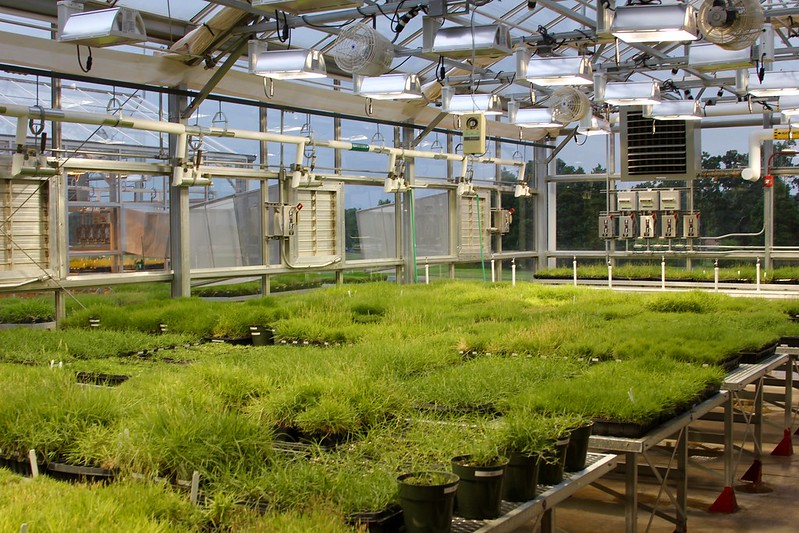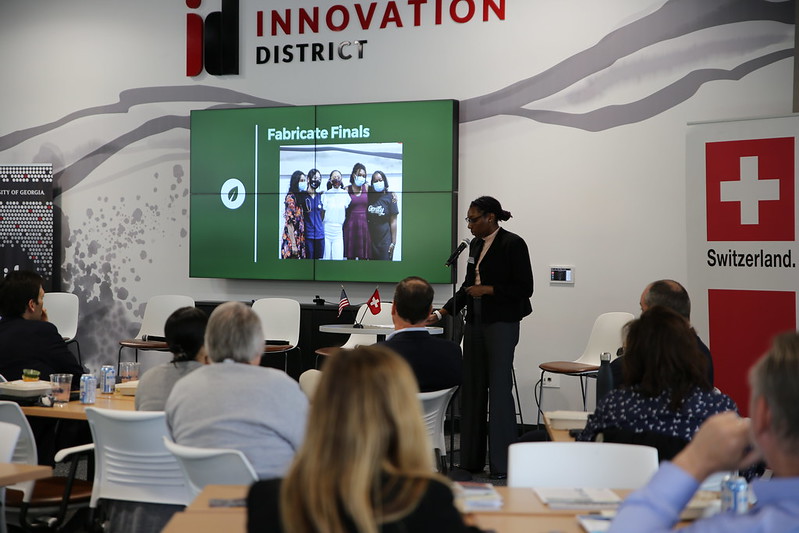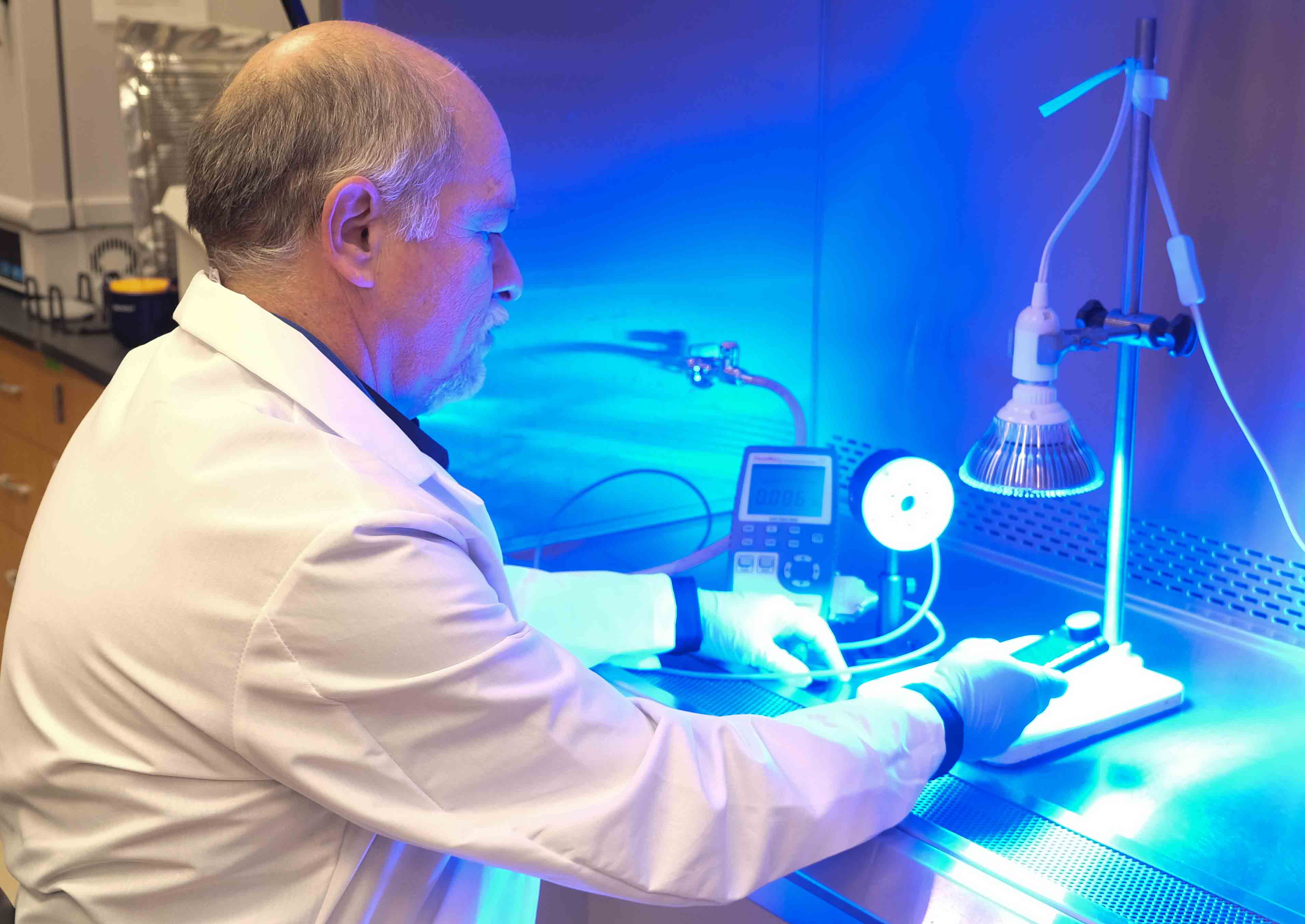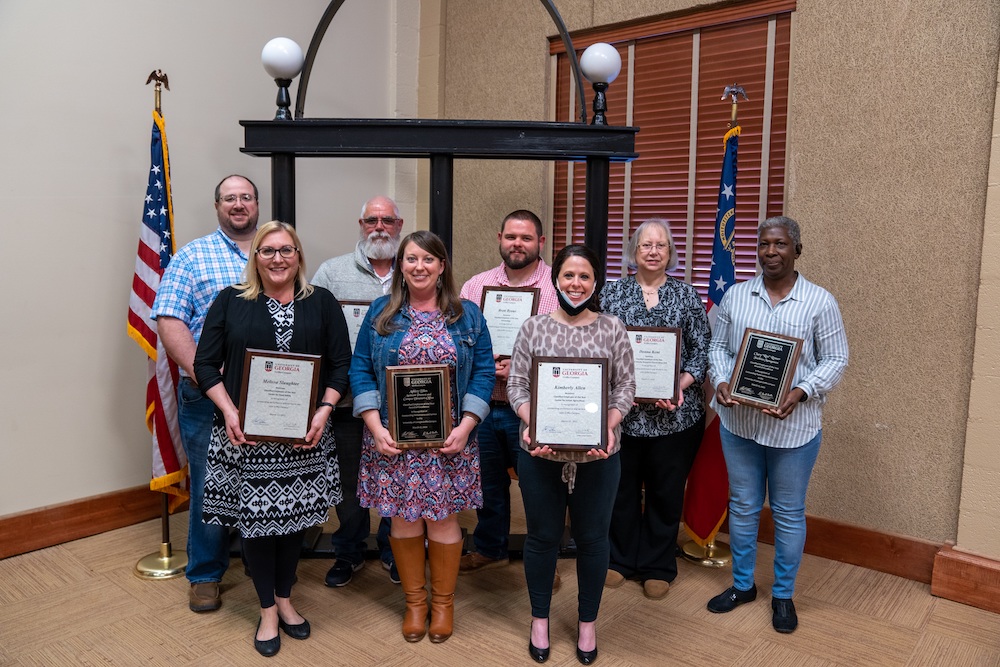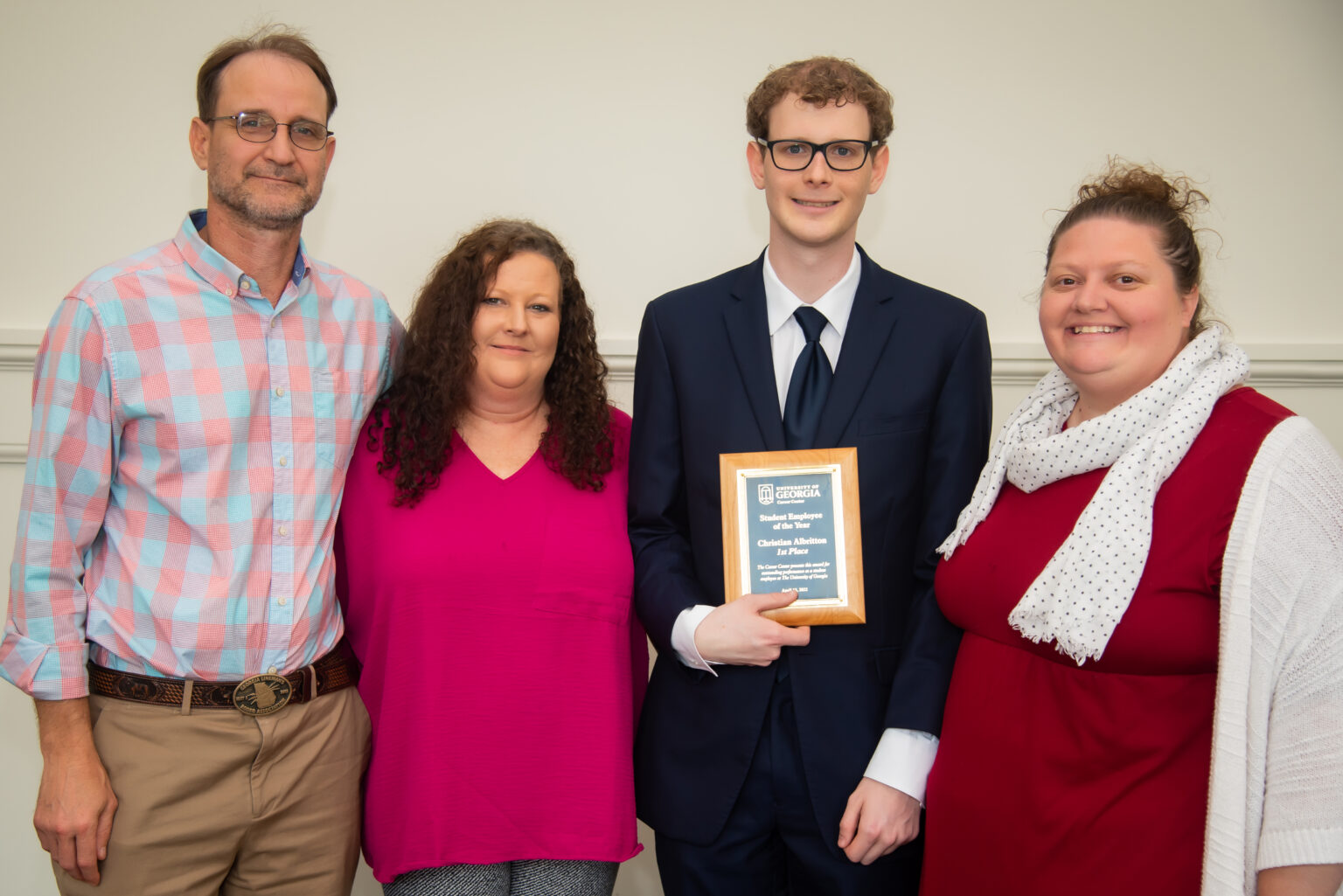 CAES News
CAES News
UGA Student Employee of the Year
The University of Georgia’s annual Student Employee of the Year Awards Luncheon brought together 100 of UGA’s top student employees as determined by supervisor nomination. Christian Albritton, a third-year avian biology and biological science double major from Butler, Georgia, was selected as the 2022 Student Employee of the Year thanks to his work with Georgia 4-H.


-Cropped.png)
.jpg)
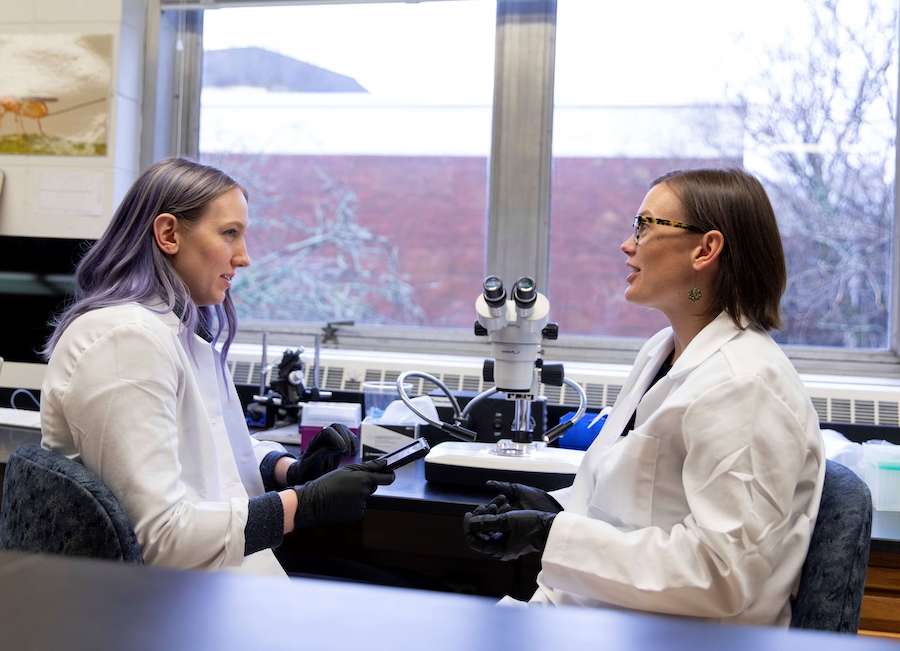
.jpg)
